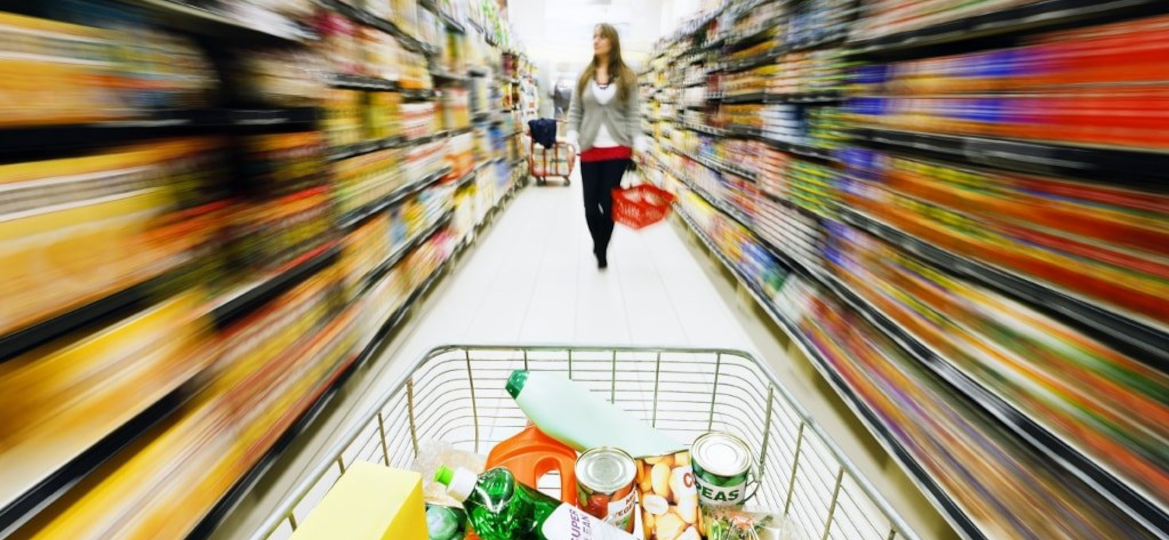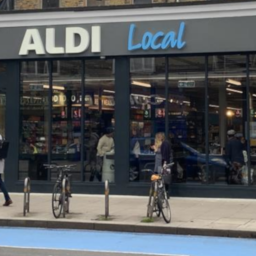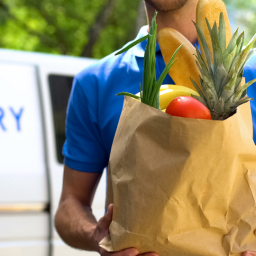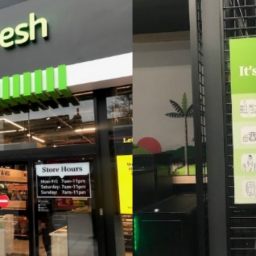
With so much uncertainty in the current political and economic landscape, with Brexit and rising costs due to the implications on exchange rate. FMCG manufacturers can find it difficult to grow.
If you want to grow your brands in UK grocery market you must look to the convenience channel for opportunities. Convenience is one of the grocery channels that has been attracting a lot of interest recently and there are good reasons behind it.
In the last 7 days, 77.5% of UK grocery shoppers have visited and shopped in a convenience store; that is not surprising with more than 49,000 convenience stores out there. Also, the little and often shopping trend identified years ago is here to stay – the convenience channel is very well placed for that. For branded manufacturers the convenience channel still represents a stronghold as a lot of supermarket channels are looking more towards the own label side of things.
Below we have provided the top five things for you to think about if you want to expand in convenience and gain listings:
Step 1: Start with Understanding Your Shopper
The needs of the modern convenience shopper are changing. We are seeing a number of convenience market trends emerging and taking shape which will impact what convenience retailers will be stocking and what areas of the store are set for growth. Some of the trends to keep in mind:
- Growth of the eco and social conscious shopper – 82% consider themselves environmentally friendly.
- Shoppers are asking for more healthy options in convenience stores but we should not forget about striking a balance between health and indulgence. There is often a credit/debit approach when it comes to health and it needs to be represented in the store fixtures, merchandising and display in store.
Understanding the modern shoppers needs as well as positioning your brands in the right way will increase your chances of getting noticed and listed in the convenience channel.
Step 2: Use Channel-specific Information
You need to treat convenience differently to other channels. The offer and the approach needs to be different as shoppers behave completely differently in this channel. Comparing what shoppers do in convenience and supermarkets clearly shows a need for a dedicated separate strategy. For example, shoppers visit supermarkets roughly 92 times a year while they visit convenience stores 196 times a year. As you can see, standing out in convenience is more difficult due to the frequency of shopper visits as after a while things appear like wallpaper to shoppers. Fifty percent of shoppers visit supermarkets on a main weekly shop mission compared to only 1% in the convenience channel. Shoppers in convenience are a lot more likely to be on smaller mission, like Top Up, which requires a different range and approach. So in order to get a listing, treat the convenience channel as a standalone channel and think how your products and solutions fit the needs of those shoppers.
Step 3: Build a Strong Selling Story
Build a strong category selling story. Helping retailers grow the whole category will get them listening to you a lot quicker. Have a clear understanding why the category is valuable for convenience retailers, who is the target shopper and what does the category bring to the table. You should be talking about the size of basket, spend per shopping trip as well as frequency with which shoppers will return to the store for your category. It is key to understand the missions your shoppers are on and how this fits in to the convenience channel.
Step 4: Bring Relevant Information
If you are pitching for a listing in the convenience channel, make sure you bring the relevant information. Convenience retailer chains see themselves very differently to the supermarkets and do not want to be looking at market and shopper information based on supermarkets. Just as you would bring a key account information to supermarkets, convenience chains expect the same. Convenience chains are being used by shoppers in very different ways, for example 16% of all shoppers who shopped at Spar were on a Food to Go mission, while only 9% at Co-Op were on this mission. What mission shoppers are on and how long they spend in store will really impact what the convenience chain wants to stock more or less of, how it needs to lay out the fixtures and what communication they display. It is critical for suppliers to understand the shoppers of the particular convenience chain they are pitching to.
Step 5: Understand Independent Retailers
Last but certainly not least is the need to understand the independent retailer. You may have an amazing product and thoroughly understand your shopper, but if the offer is not right for the independent retailer you will not see the uptake you expect. There are around 30,000 independent retailers in UK and it is absolutely crucial to find out what they need if you want to succeed in the convenience channel. Independent convenience retailers are under a lot of pressure currently with the growing costs of running a business therefore their margin is eroding. Things like rise in minimum wages, Tobacco Product Directive 2 legislation as well as a number of other issues have made a large impact on the changing retailer behaviour and their needs. Make sure that a part of your pitch and plan is taking in to account the independent retailer.
Those are our five suggestions to get you listed in the convenience channel. If you are interested in finding out more about our recommendations or you would like our support in getting listings in the convenience channel, please feel free to leave your contact details.
















